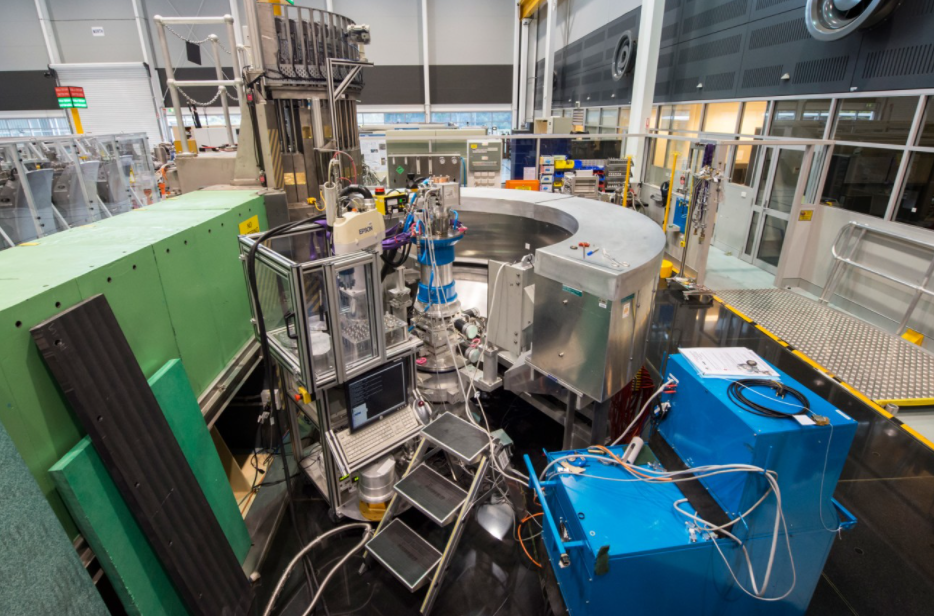New heat-resistant material made of scandium, aluminum, tungsten and oxygen with zero thermal expansion
Scientists from the University of New South Wales (UNSW) said that their new material - the orthorhombic alloy Sc 1.5 Al 0.5 W 3 O 12 - is the most heat-resistant in the world.
Where might the new material be useful? For example, in aerospace design, where components are exposed to extreme cold in space and extreme heat during launch or landing.
The novelty will also come in handy in the development of medical implants, where the expected temperature range does not vary so much, but even a small thermal expansion can cause problems.
Scientists made the discovery by accident.After measuring the experimental material using an Echidna high-resolution powder diffractometer, the team discovered an incredible degree of thermal stability. To recap, a diffractometer is a measuring instrument for measuring the intensity and direction of radiation diffracted from a crystalline object. It is used to solve various problems of structural analysis.
 The measurements of the new material were carried out on an Echidna high-resolution powder diffractometer.
The measurements of the new material were carried out on an Echidna high-resolution powder diffractometer.
ANSTO
At the molecular level, materials are usuallyexpand because an increase in temperature leads to an increase in the length of atomic bonds between elements. Sometimes this also causes the atoms to rotate, resulting in more spacious structures that affect the overall volume.
Not with this material.It is noted that he demonstrated "only minor changes in bonds, the position of oxygen atoms and rotations of the arrangement of atoms." The exact mechanism of such extreme thermal stability is not entirely clear, but it is possible that bond lengths, angles and positions of oxygen atoms change in concert with each other to preserve the total volume, the scientists conclude.
Read more
NASA first showed a rocket that will send astronauts to the moon
It's cool: how smart clothes work Under Armor Iso-Chill and what does titanium dioxide have to do with it
Specific symptoms of coronavirus in children named
Scandium, aluminum, tungsten and oxygen